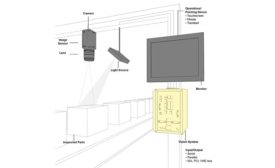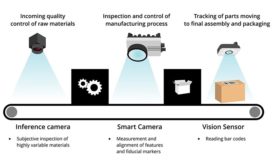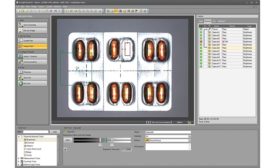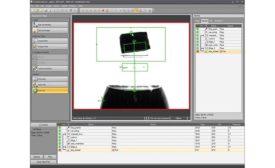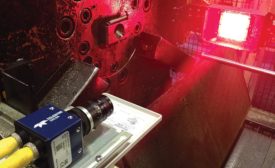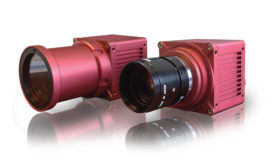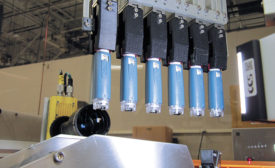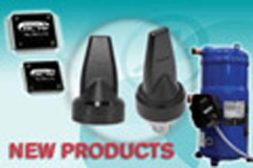Home » Keywords: » vision sensor
Items Tagged with 'vision sensor'
ARTICLES
Before you can fully utilize machine vision, you need to understand the basics.
Read More
Smart Camera Evolution
The evolving capabilities of cameras with onboard intelligence are creating new opportunities for the industry.
May 1, 2019
Vision Sensors Set New Standard for Pass/Fail Inspections
By combining powerful vision tools, simple setup and a modular design, vision sensors set new standards for value, ease of use and flexibility.
April 30, 2018
The Capabilities of Vision Sensors
Let’s take a look at the capabilities and potential applications of vision sensors.
January 8, 2018
Smart Cameras in a Manufacturing Environment: Today and in the Future
The combination of dramatically improving hardware and modern software technology has made smart cameras capable, inexpensive, and easy-to-use.
January 1, 2018
Machine Vision Trends
MOST NOTICEABLY THERE IS A MOVE INTO THE THIRD DIMENSION.
December 16, 2015
Recent Advancements in Vision Technology for Product Inspection
TODAY IT’S POSSIBLE TO OBTAIN THE BENEFITS OF MACHINE VISION ON A WIDER RANGE OF APPLICATIONS WHILE AT THE SAME TIME INCREASING INSPECTION ACCURACY AND REDUCING APPLICATION DEVELOPMENT TIME.
July 8, 2015
Stay in the know with Quality’s comprehensive coverage of
the manufacturing and metrology industries.
eNewsletter | Website | eMagazine
JOIN TODAY!Copyright ©2024. All Rights Reserved BNP Media.
Design, CMS, Hosting & Web Development :: ePublishing
